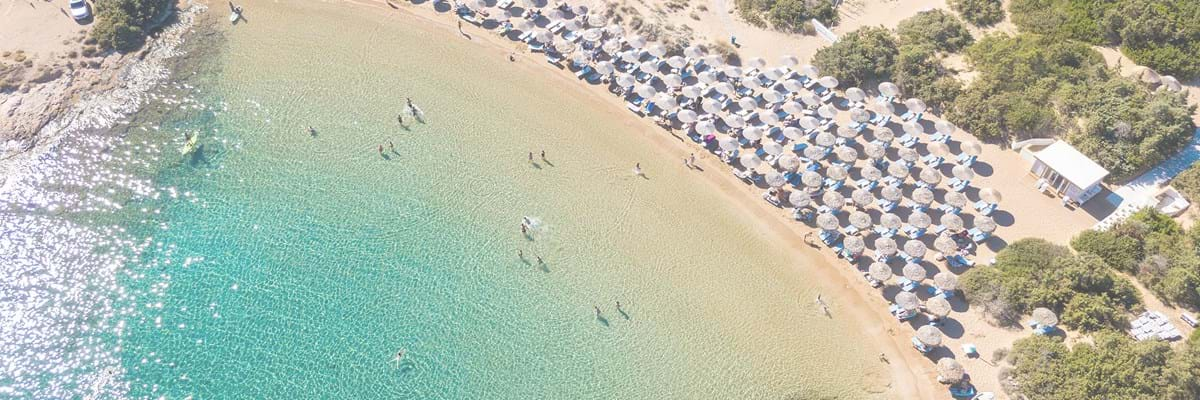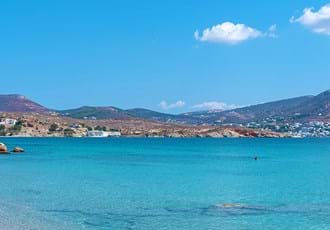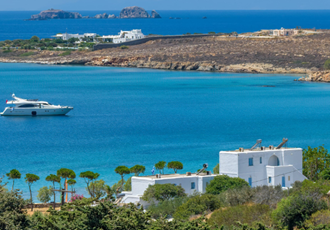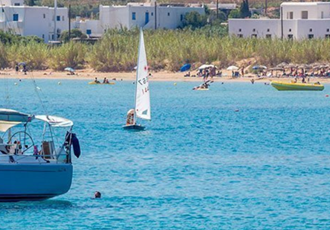It’s an island full of festivals and the weather helps everyone to enjoy the fun. Go to Paros in July or August and the sun will be shining for 13 or 14 hours a day, the temperature will be heading towards 30 degrees Centigrade. Rain is a summer rarity.
But unlike some parts of Greece, heatwave temperatures are unlikely to be worryingly high because of a welcome cooling breeze. In May, June, September and October there will be more than 10 hours of sunshine per day and the average maximum temperature will be above 20 degrees.
There may be one or two rainy days in October, but the island gets most of its sparse rainfall between November and February.
Concerts, plays and other events are held throughout July and August in an outdoor amphitheatre in overlooking the sea in Paros Park. They are very romantic in the moonlight.
The island enjoys more than 20 religious and cultural festivals throughout the summer and they all seem to involve eating, drinking and dancing!
In June bonfires are lit, Mayday wreaths burned and locals jump over the fires in an ancient tradition to exorcise evil spirits. This custom, known as Klidonas, is supported with a feast and traditional music.
Crowds gather in Parikia for island’s big event, the Feast of the Virgin Mary, on 15 August. There are religious ceremonies and a colourful procession through the town.
On 23 August “pirates” make a mock invasion of the island. It’s a reminder of the dark days when pirates frequently pillaged Paros and took islanders into slavery. Locals dress up and some come ashore brandishing flares and then charge through the narrow lanes. The defeat of the pirates is celebrated with a feast of local dishes and drinks with traditional music and dancing.


































